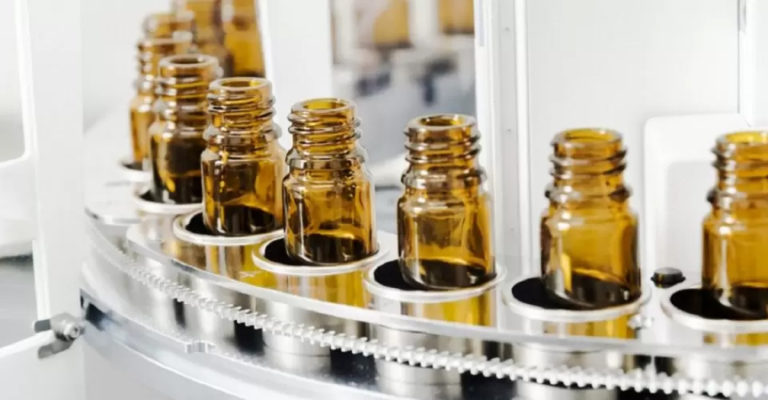A reference standard is a material that has been manufactured to be used as a standard in an assay, identification, or purity test. It must be of sufficient quality for its intended application.
Reference standard can also be known as:
- Reference materials;
- Laboratory standards;
- Analytical standards;
- Standard Reference Materials.
Analytical standards are frequently described and assessed for their intended purpose using processes other than routine testing, by new reference standards for drug compounds used in assays, contaminants must be correctly recognized and/or controlled, and purity must be quantified quantitatively.
Many analysts have different ideas about what a reference standard is, and they frequently fail to establish a consistent understanding of what a reference standard is. One of the first problems we must address is the definition of the term “pattern.” What exactly is a pattern? The idea of standard is somewhat relative, in that it might be a gauge, a measure, equipment, and so on. What we do know about standards is that they all have uncertainties and changes depending on temperature, pressure, storage, and so on.
Standard reagents and solutions must be made and labeled in accordance with established protocols, according to the FDA – Food and Drug Administration. Used by dates must be applied to test reagents or standard solutions as appropriate.
Primary reference standards should be obtained when needed for the production of APIs. Each fundamental standard’s source must be documented. Records of each storage and usage of the primary reference standard should be preserved in line with the supplier’s requirements. If preserved in accordance with the requirements, primary reference standards acquired from a recognized source are typically utilized without testing.
Types of reference materials
Reference materials can be classified as such:
- Assays are tests that are used to measure the potency of active pharmaceutical ingredients (APIs) and salts.
- Degradation products – they are used to detect and maybe quantify degradation products.
- Process impurities are substances that are utilized to detect and maybe quantify process-related contaminants.
- Resolution is a phrase used to describe the process of determining test performance or the impurity technique.
- Metabolites are compounds that are identified and perhaps quantified as a result of a metabolic process.
The amount of characterisation required is determined by the intended purpose; for example, a standard used to measure potency necessitates comprehensive characterization and certification. A pattern employed for component or resolution identification necessitates less rigorous investigation.
Sources of Standard Reference Materials
Reference standards can be compendial or non-compendial and are generally taken from the following sources.
Compendium (primary):
Pharmacopoeias such as the United States Pharmacopoeia (USP), European Pharmacopoeia (EP) or Japanese Pharmacopoeia (JP);
Locally recognized standard institutions such as the National Institute of Standards and Tests (NIST).
Non-complementary (secondary):
The user himself manufactures or synthesizes the reference standard;
Contract manufacturer;
Companies such as chemical suppliers.
Characterization is required for reference standards or materials produced by the user or supplied by a contract manufacturer or secondary firm. The reference standards and the drug substance can both be manufactured in the beginning using the same procedure.
The reference standard should be as pure as feasible; the drug ingredient may need to be purified further before it can be used as a reference standard (additional purification steps used for a drug substance must be fully described and included in any regulatory file).

